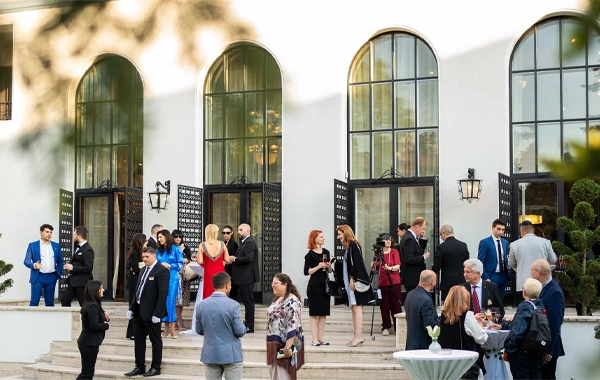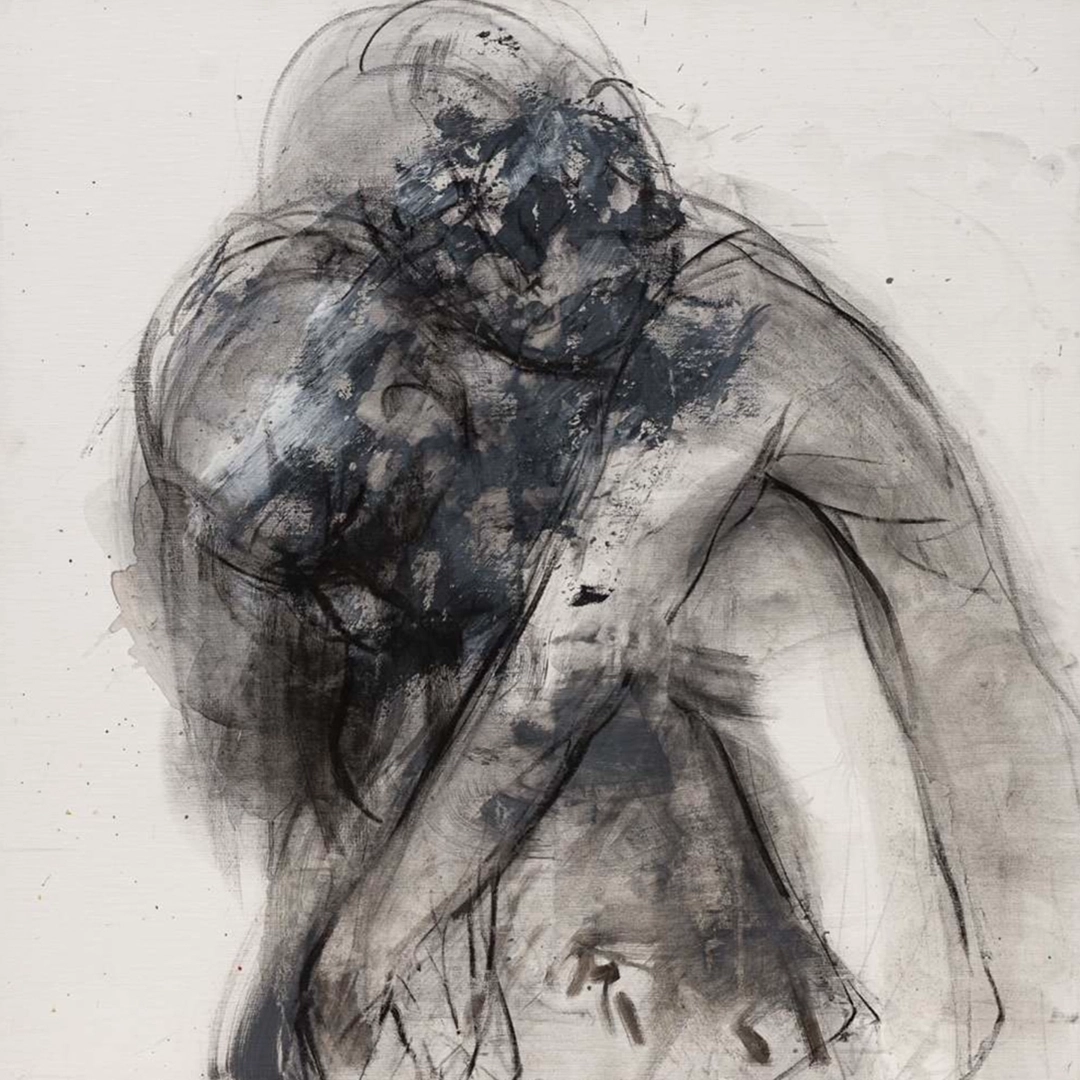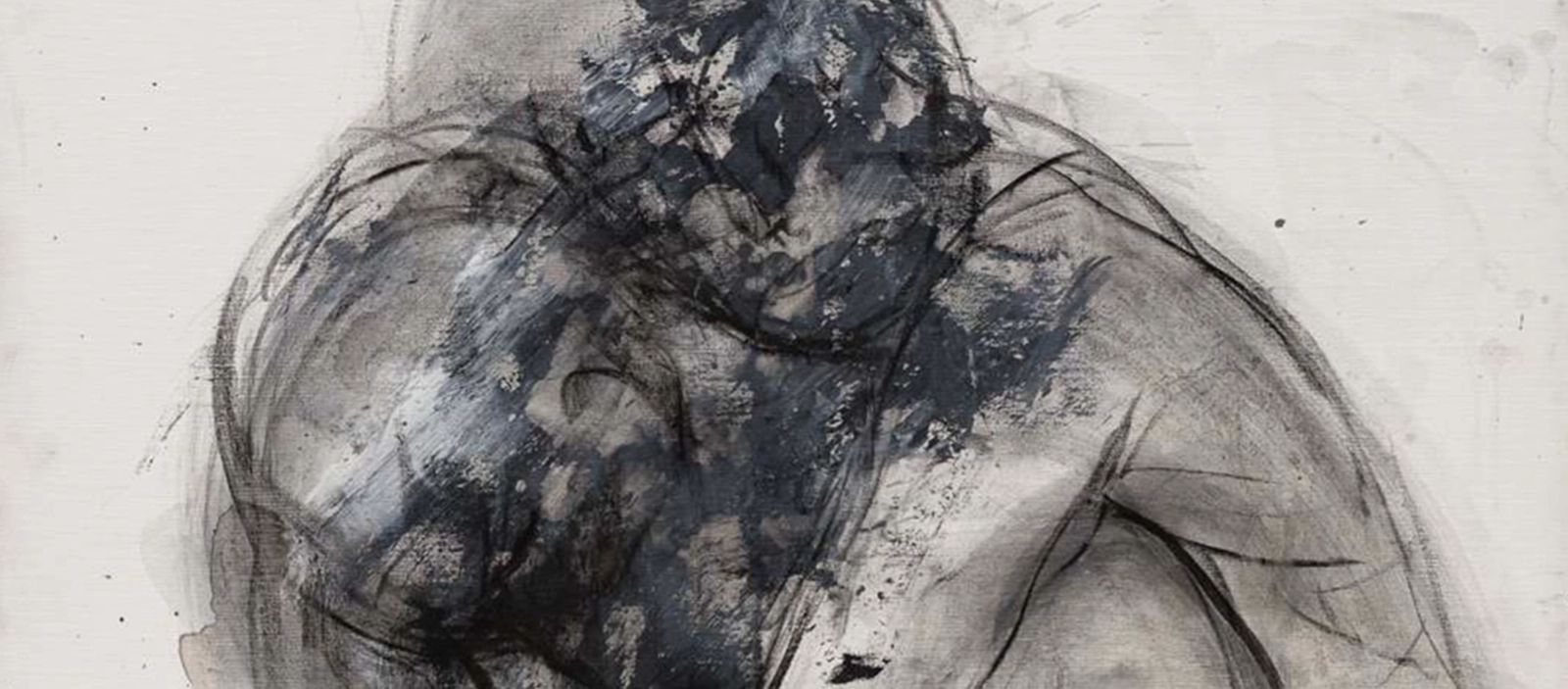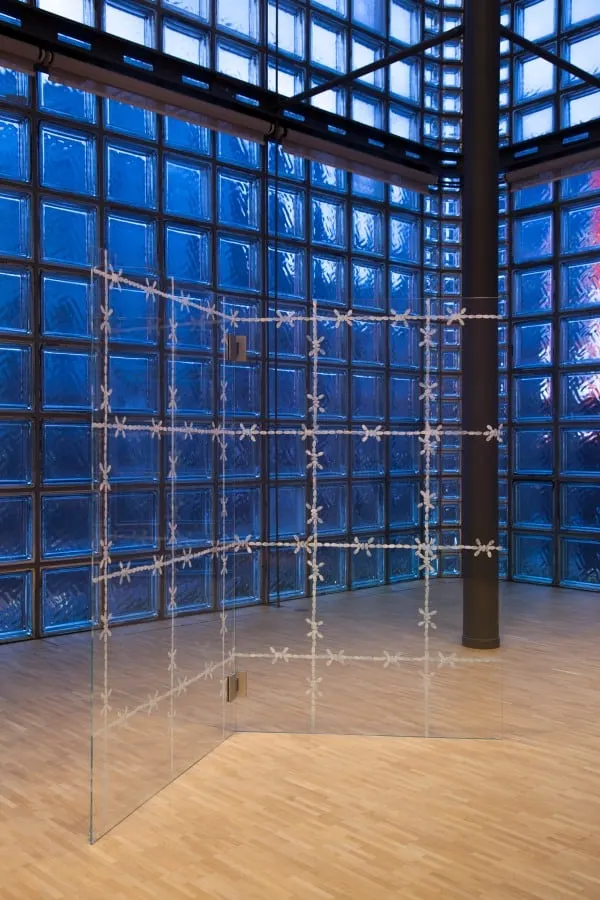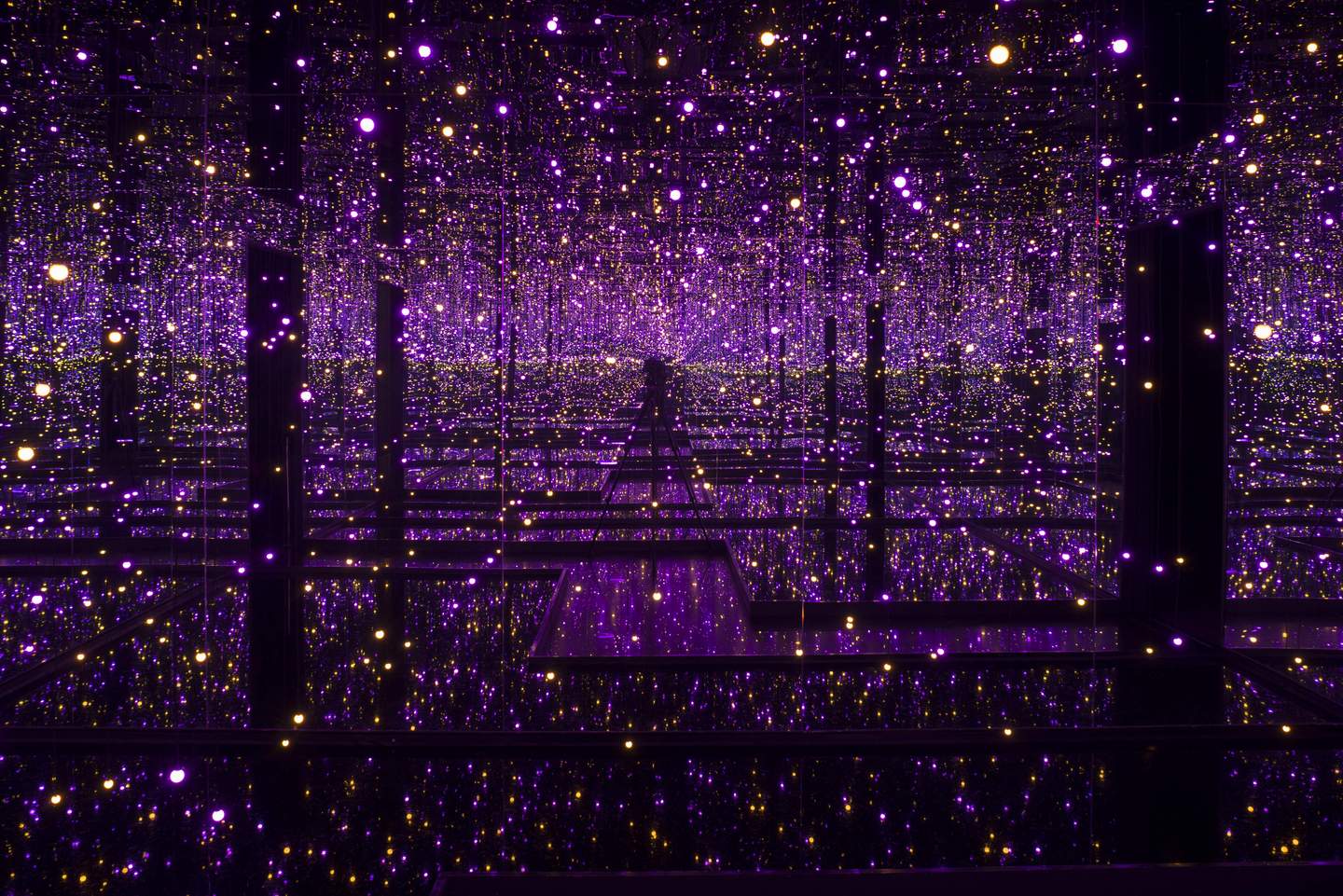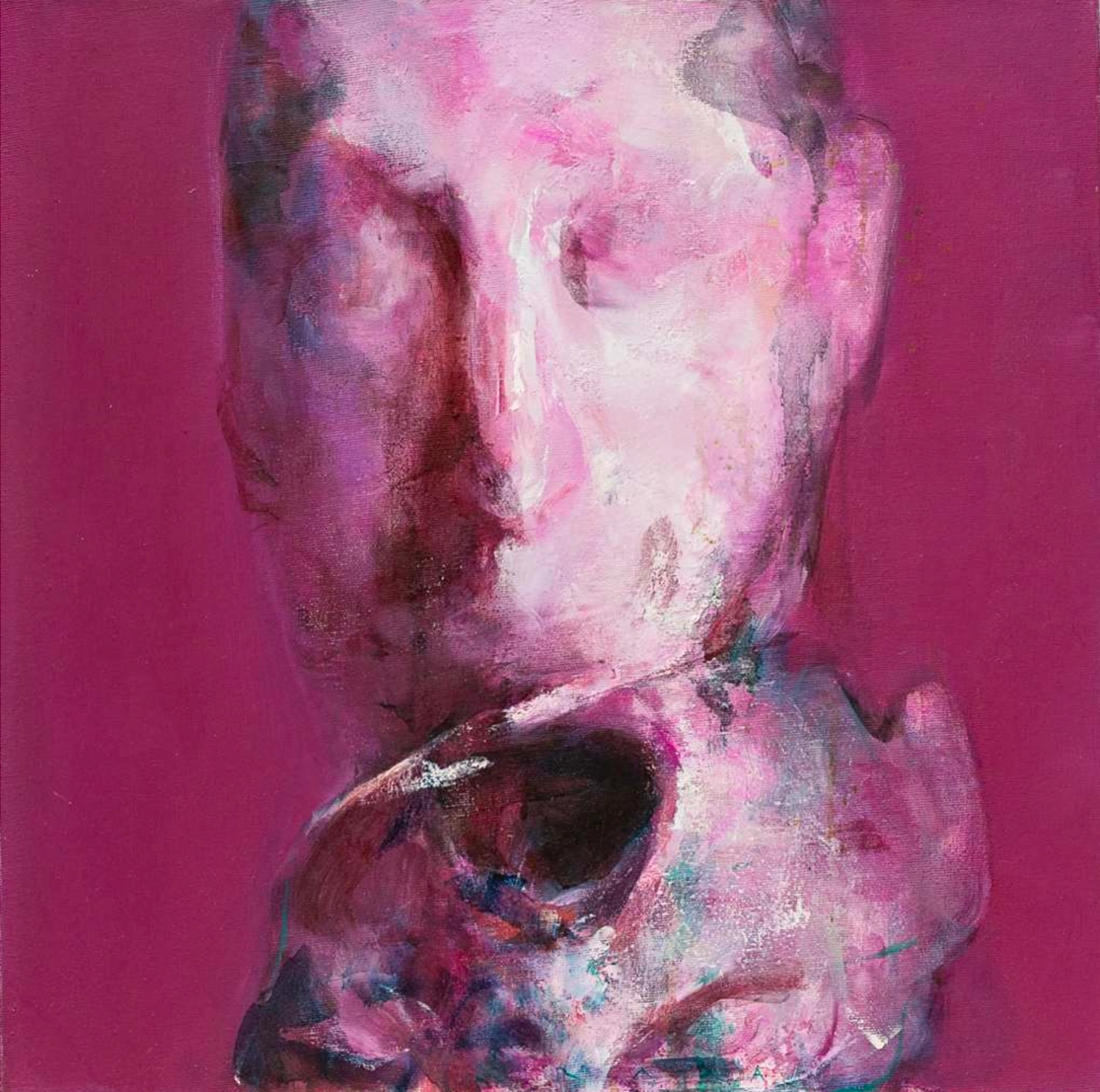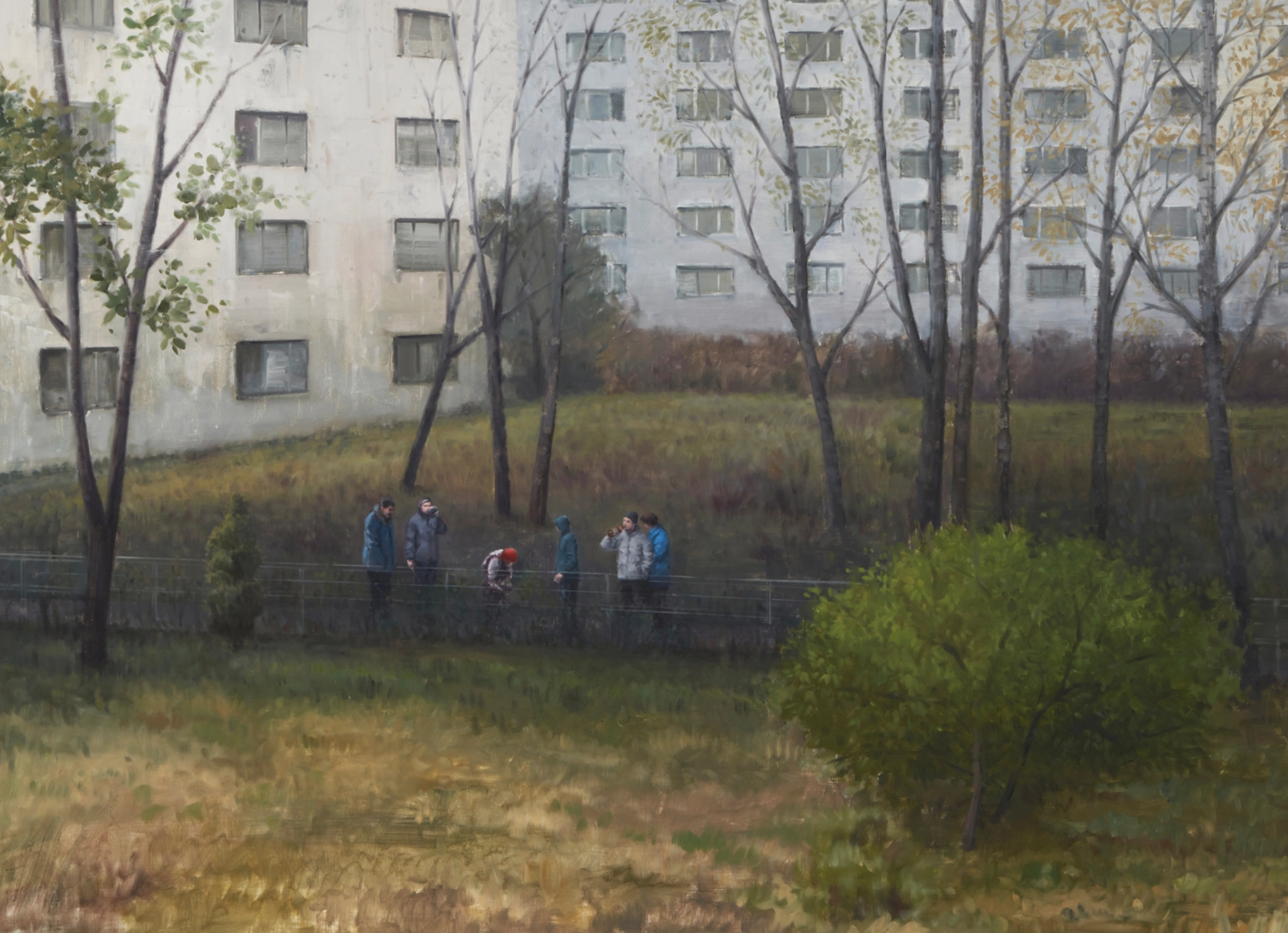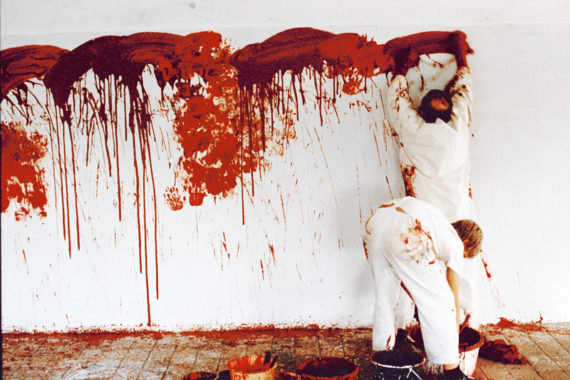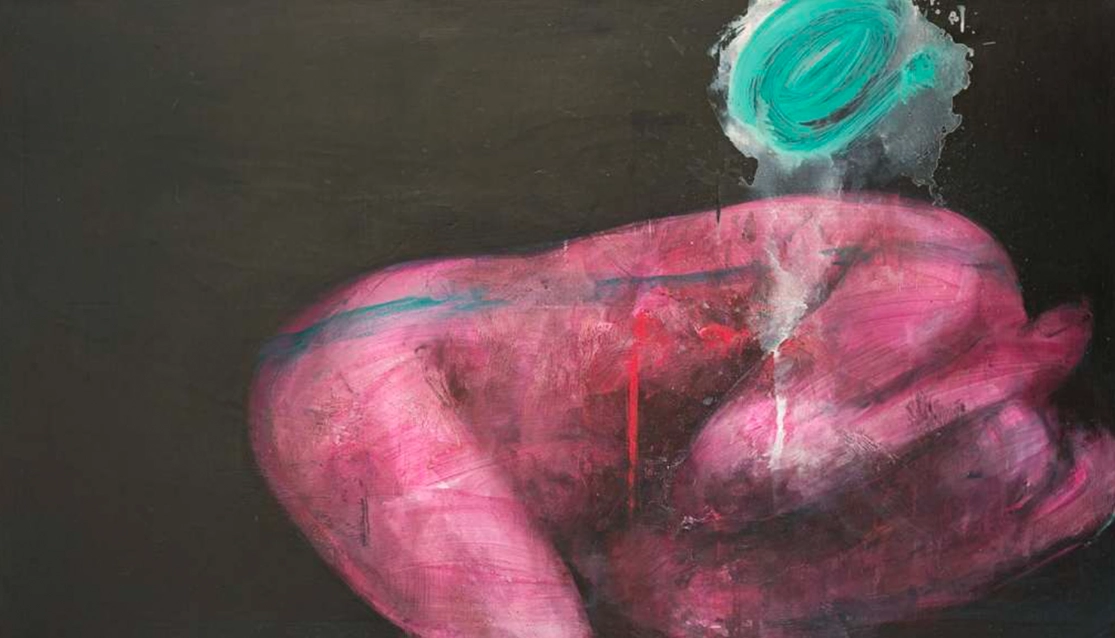When we talk about art, we inevitably end up talking about emotion, about subjectivity, about the other, but also about ourselves. Art remains a link between feeling and thinking, a necessary bridge that should constantly remind us how important the balance between the two is in building something lasting. However, along with technological advancement and the growing emphasis on intellectualization, a “cost of progress” has emerged, which we feel in various ways: the relegation of emotion to the background and the loss of an authentic relationship with our own affective dimension. Moreover, in the attempt to recover this distance between ourselves and ourselves, a tendency toward emotional polarization often arises, and in the absence of clear tools for understanding, we constantly oscillate between various emotional extremes.
Despite this intellectualization, in contemporary art, emotion remains an essential criterion in the appreciation expressed by the public, most often based on the deep need for self-rediscovery. And this rediscovery is all the more valuable the more complete it is: through art that also reflects emotional aspects, we can see ourselves more integrally. Furthermore, art continues to attract through its halo effect, based on a simple principle — that of association. Thus, these two effects produce a result with moralizing value: the halo and emotion function as impulses that can direct our aspirations toward higher zones of our own being.

